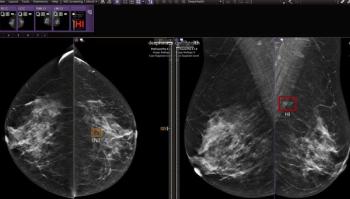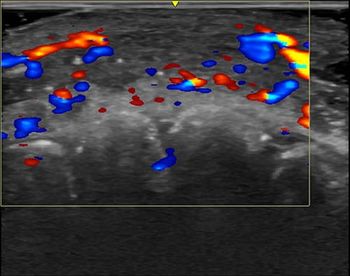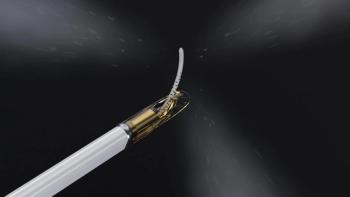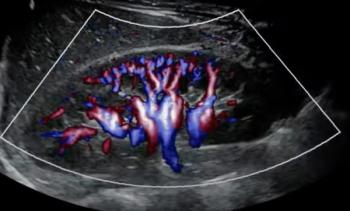
PACS embraces images from multiple disciplines
Radiology's baby has grown up. No longer home to just radiological images, PACS are now making room for images from other hospital departments. The PACS at one hospital in Spain incorporates pathology and endoscopy images in addition to radiological
Radiology's baby has grown up. No longer home to just radiological images, PACS are now making room for images from other hospital departments. The PACS at one hospital in Spain incorporates pathology and endoscopy images in addition to radiological images.
"The time the images remain online is configured according to different medical parameters, such as its ACR code or its interest for teaching," said Josep Fernàndez-Bayó, area chief of digital medical imaging at UDIAT Centre Diagnostic Corporacio Sanitaria Parc Tauli in Sabadell, Spain.
At the RSNA conference, Fernàndez-Bayó outlined the details of his facility's pathology and radiology information system, which is completely integrated with the PACS.
The diagnostic center comprises a laboratory, pathology lab, clinical pharmacy, and the diagnostic imaging department. The radiology and endoscopy information systems are responsible for exam scheduling, activities, reporting, and billing, while the pathology information system is responsible only for activities, reporting, and billing.
Images from the pathology lab are captured by a digital camera attached to the lab microscopes. They undergo DICOM conversion, are stored in the PACS archive, and are then available for retrieval from any PACS workstation or DICOM viewer. Endoscopy images are acquired through video digitalization and also go through DICOM conversion before moving to the PACS archive.
The advantages of incorporating all images in the same archive is that radiology images can be viewed alongside relevant pathology or endoscopy images. As an example, Fernàndez-Bayó showed a final report that included several diagnostic radiology images for breast cancer. They were displayed next to the subsequent pathology images of the breast biopsy, providing a natural progression of information from diagnosis through biopsy.
"The PACS archive should be able to store all kinds of medical images, not just radiology images. We think our solution facilitates a multidisciplinary approach," he said.
Newsletter
Stay at the forefront of radiology with the Diagnostic Imaging newsletter, delivering the latest news, clinical insights, and imaging advancements for today’s radiologists.




























